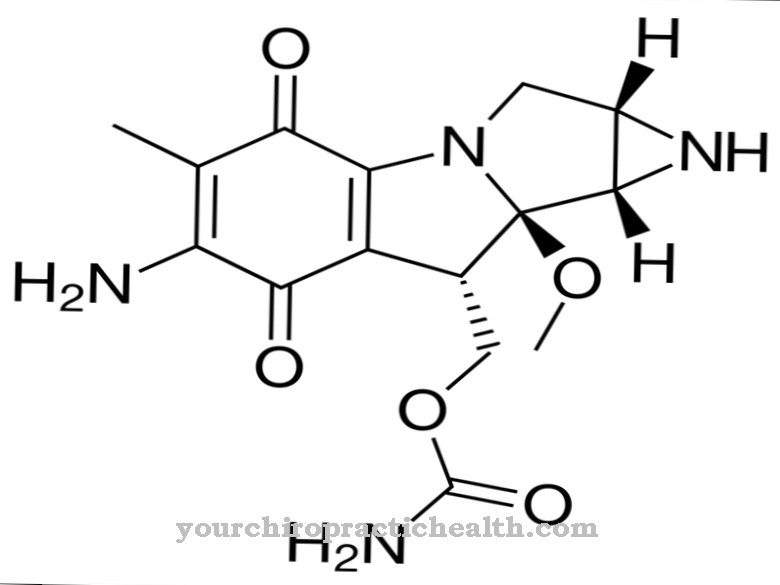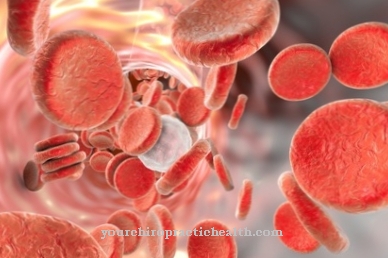Labetalol is a drug used to treat high blood pressure. It is effective as both an alpha and a beta blocker. Labetalol is used effectively in the therapy of hyperintensive emergencies, post-operative hypertension, phächromozotome-associated hypertension and rebound hypertension. Common unwanted side effects include headache, dyspepsia, dizziness, nausea, lethargy, nasal congestion, and erectile dysfunction.
What is Labetalol?
Labetalol is a blocking agent of adrenergic receptors. It competes with other catecholamines compatible with these sites. Labetalol has a relaxing effect on the narrowed vascular muscles.
Labetalol hydrochloride is a white or cream-colored, crystalline, water-soluble powder. An injection of this active ingredient is a clear, colorless to light yellow, aqueous, isotonic solution for intravenous use. It has a pH range from 3.0 to 4.5. The injection contains 5 mg labetalol hydrochloride per ml.
Labetalol HCL is a racemate with the molecular formula C19H24N2O3 * HCL and a molecular weight of 364.87. It has two asymmetric centers and exists as a molecular complex of two diastereomeric pairs of dilevalol.
Pharmacological effect on the body and organs
Labetalol is a dual alpha and dual beta receptor blocker. It blocks the activity of selective alpha and non-selective beta receptors in a single substance. Beta receptors are receptor molecules to which messenger substances such as adrenaline and noradrenaline dock.
These messenger substances are part of the sympathetic nervous system. This is responsible for involuntary physical states of excitement. The excitation of beta adrenoceptors in blood vessels and in the heart causes the heart rate to accelerate and blood pressure to rise. The effect on these receptors is potent and reversible. Labetalol is highly adrenergic for postsynaptic alpha1 receptors and nonselective for beta-adrenergic receptors. It is approximately equally effective for beta1 and beta2 receptors.
The ratio of alpha to beta blockade depends on whether labetalol was received orally or intravenously. When taken orally, the ratio of alpha to beta blockade is 1: 3; intravenously it is 1: 7. Thus, labetalol can be understood as a beta-blocker with an alpha-blocking effect.
In comparison, labetalol is a weaker beta blocker than propranolol and has a weaker affinity for alpha receptors than phentolamine. Labetalol has intrinsic sympathomimetic activity. In particular, it is a partial agonist at beta2 receptors in the vascular smooth muscle.
Labetalol has a relaxing effect on the vascular smooth muscles through a combination of this partial beta2 agonism with alpha1 blockade. This is vasodilator and can lower blood pressure.
Similar to local anesthetics and sodium channel-blocking antiarrhythmics, labetalol also has membrane-stabilizing activity. By reducing the sodium intake, Labetalol reduces the action potential fire and thus creates a local anesthetic.
The physiological effects of labetalol when administered intravenously cannot be predicted solely on the basis of its receptor-blocking effect. Blocking beta1 receptors should decrease heart rate. This does not apply to labetalol. When given in acute situations, labetalol lowers peripheral vascular resistance and systemic blood pressure. The effect on heart rate, cardiac output and stroke volume remains small despite the Alpha1, Beta1 and Beta2 blocking mechanisms. These effects were mainly observed in people in an upright position.
Medical application & use for treatment & prevention
Labetalol is used in the treatment of high blood pressure. It can be used alone or in combination with other drugs such as diuretics. The drug is usually given after meals.
Labetalol is effective in the treatment of hyperintensive emergencies, postoperative hypertension, phachromozotome-associated hypertomy, and rebound hypertension. The drug has a special indication for the treatment of pregnancy-induced hypertension (preeclampsia). It is also used as an alternative in the treatment of severe hypertension when it is necessary to get blood pressure under control as quickly as possible.
Labetalol is used when needed to regulate blood pressure under anesthesia. In a clinical study in pharmacologically severe hypertension, blood pressure decreased by an average of 11/7 mmHG in supine patients after injection of 0.25 mg / kg. Further injections of 0.5 mg / kg up to a cumulative dose of 1.75 mg / kg achieved further dose-dependent blood pressure reductions.
Administered as a continuous intravenous infusion at a mean dose of 136 mg over a period of two to three hours, labetalol lowers blood pressure by an average of 60/35 mmHg. After the treatment is stopped, the blood pressure increases gradually.
Risks & side effects
The most common possible side effects include increased liver function tests, congestive heart failure, lethargy, erectile dysfunction, urination discomfort, nausea, low blood pressure, visual disturbances, nasal congestion and hypersensitivity reactions.
In some cases, orthostasis syndrome occurs. Patients experience a rapid drop in blood pressure when they switch from a lying or sitting position to an upright position. You may feel drowsy or even faint. Patients should be observed for this side effect.
Labetalol should be avoided if you have asthma or chronic obstructive pulmonary disease, very low blood pressure, severe heart disease, severe heart failure, and slow heartbeat.
Labetalol can pass into breast milk in small amounts. Breastfeeding mothers should advise their doctor. The use of Labetol can worsen intellectual performance and reactions. Additional alcohol consumption can further lower blood pressure and increase certain side effects of the drug.
Before operations under anesthesia and before eye operations, the medication of Labetol drugs should be pointed out. Symptoms of an overdose include a drop in heart rate, dizziness, and fainting.



























